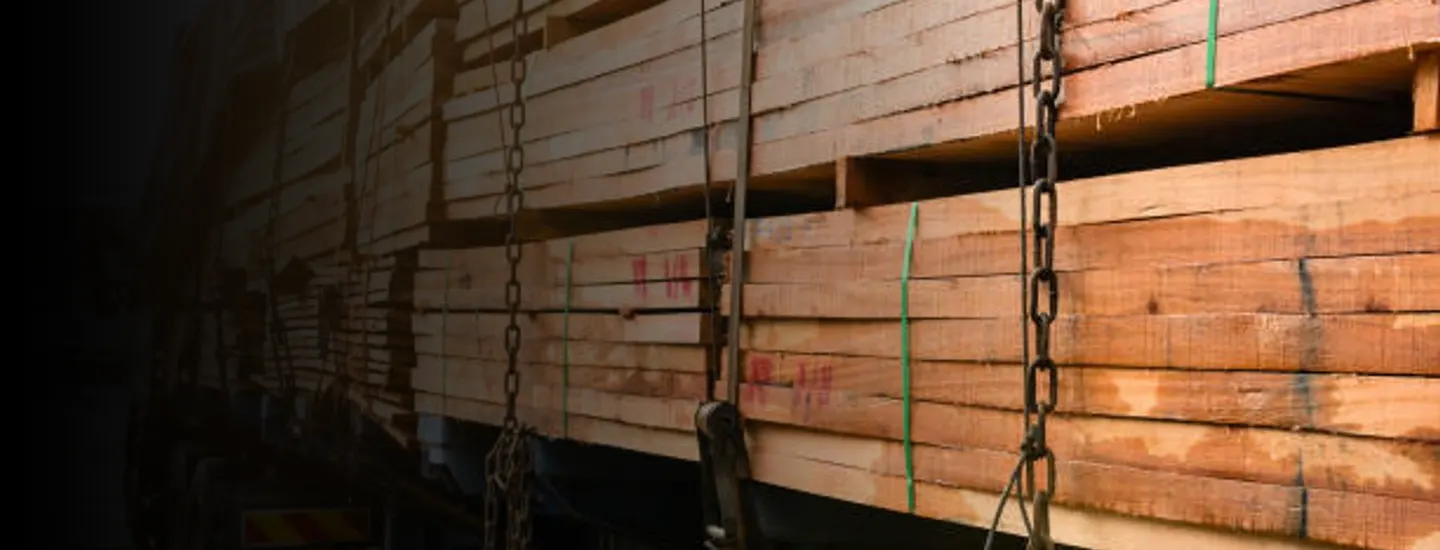In the US construction sector, there’s something of a perfect storm brewing. Limited supplies of core building inputs, supply chain disruptions due to COVID-19 and a booming housing market driven by low interest rates, have sent the cost of many basic building materials spiraling.
Lumber, copper and steel, in particular, have seen dramatic increases with lumber almost doubling in value over the last 12 months.
It is the residential sector that is driving much of the growth in construction spending. In the non-residential sector, the picture is mixed. Increased demand for industrial warehouses and data centers is offset by significant declines in hospitality/entertainment, education and commercial (office/retail) sectors. The Biden Administration’s infrastructure bill (of which more in future articles) may yet revitalize non-residential construction.
When will the cost of materials begin to settle?
Input costs show no signs of falling in the near-term. Although lumber and copper may have peaked, the cost of other materials are rising. Indeed, the National Association of Home Builders says builders are facing some of the fastest increases of other building material costs in history.
Ongoing supply chain challenges, including production and transportation bottlenecks and labor shortages, are leading to ever tighter inventories and longer lead-in times for projects. These challenges are likely to keep prices of many materials well above historical averages through at least the mid-half of 2022.
Turner and Townsend’s 2021 International Construction Market Survey concludes that the prices of some basic building materials – such as steel, copper and lumber – will remain elevated through 2023, as the pipeline effects of the Biden infrastructure bill begin to kick in.
What does this mean for different players in the construction sector?
While the infrastructure bill could give manufacturers of construction materials additional pricing power, for contractors the numbers simply don’t add up. Input costs have increased 25% year-on-year, but bid prices have only risen by 4%. Consequently, contractors are surrendering profits on jobs and even paying out of their own wallets to cover materials costs that exceed their bids.
What’s the solution?
Contractors are likely to face a squeeze on costs for at least the next year, so they will have to consider every available avenue to mitigate the impact. This could include:
- Pricing clauses (e.g. materials surcharges that allow cost increases to be passed on)
- Pre-buying materials and increasing inventory in anticipation of higher prices
- Hedging materials/commodities
- Entering into long-term contracts with key suppliers
First and foremost, it’s a matter of recognizing that sky-high prices are unlikely to taper away any time soon and being primed to adapt to this industry disruption.
